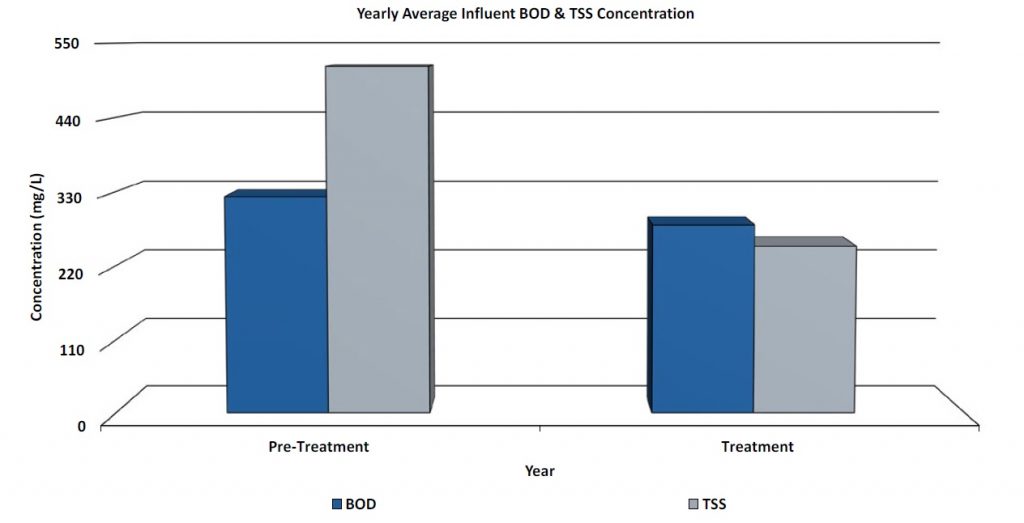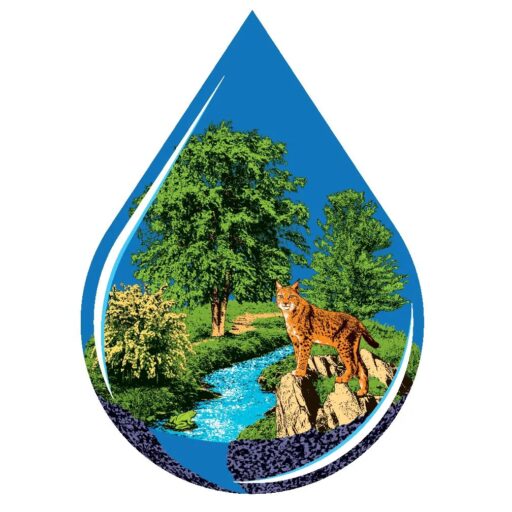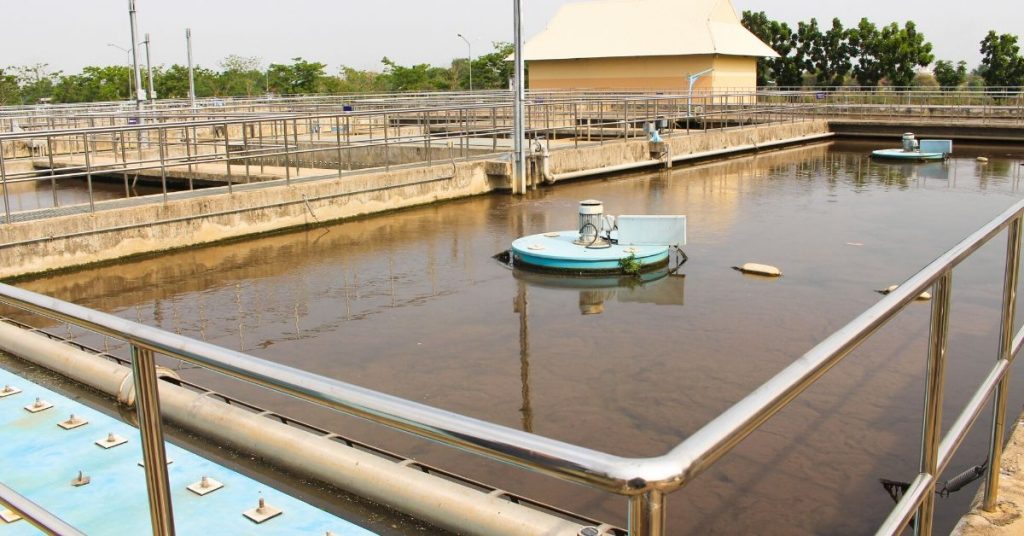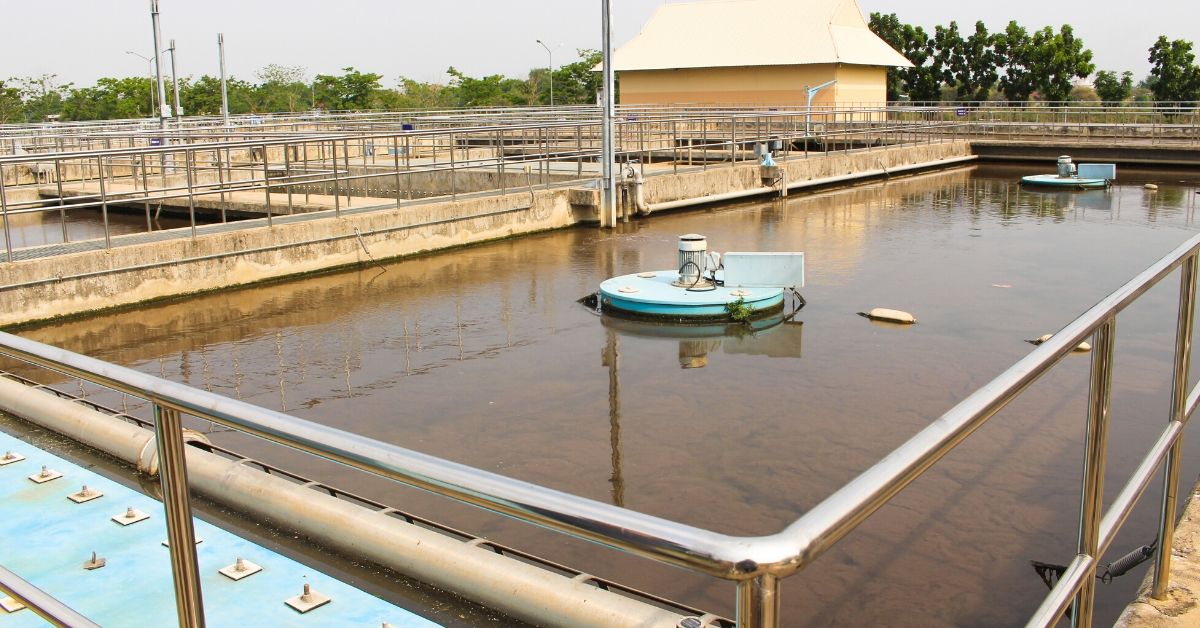Collection System 0.02 MGD
Publicly owned treatment works (POTWs) receiving wastewater from industrial sources often experience treatment complications from high biological oxygen demand (BOD5) and total suspended solids (TSS) loads. Establishing an industrial
pretreatment program in the collection system is an effective strategy to prevent overloading POTWs. Bioaugmentation can effectively help reduce BOD5 and TSS in the collection lines prior to treatment at a facility.
The following case study outlines bioaugmentation with BioLynceus® ProBiotic Scrubber® II (PBII) in a collection system ahead of a 0.02 MGD POTW lagoon system. The operations management of the aerated lagoon system (ALS) was struggling with high BOD5 and TSS levels in the influent wastewater.
The treatment capacity of the lagoon system was greatly inhibited by the loads received from a meat packing plant upline. The facility was consistently overloaded which provided challenges for staying within effluent permit compliance. To curtail the impacts of receiving high BOD5 and TSS concentrations, the facility management decided to implement PBII in the collection system.
To establish a much-needed industrial pretreatment, PBII was dosed daily in the collection lines at the meat packing plant. Augmenting the system in this way provided the biology necessary to decrease BOD5 and TSS levels in the wastewater before reaching the lagoon system.

Figure 1. Wastewater sample analytical values for BOD5 before PBII treatment and one month after treatment began at a manhole downline from the dosing site. Grab samples were collected and analyzed by Energy Laboratories, INC in accordance with APHA standard method A5210B.1
To assess the efficacy of the PBII pretreatment, a wastewater sample was collected at a manhole down-line from the meat packing plant before and during treatment. The BOD5 concentration of each sample was determined and compared. The BOD5 result from the sample taken a month after treatment began was 580 mg/L lower than the pretreatment BOD5 result (Figure 1).

Figure 2. Average annual influent BOD5 (blue) and TSS (grey) concentrations to the ALS pretreatment and during treatment with PBII.
Additionally, monthly BOD5 and TSS concentrations were measured at the influent wet well a year before treatment and a year after the start of treatment. Average annual concentration values were calculated from this data set. The average annual influent BOD5 and TSS was reduced by approximately 42 and 266 mg/L during treatment (Figure 2).
Throughout the PBII treatment, the facility avoided system maintenance related to overloading. Augmenting the collection system with PBII helped reduce the BOD5 and TSS loads to the lagoon system which promoted more efficient treatment. The facility also avoided permit violation fees while using BioLynceus® bioaugmentation.
BioLynceus® ProBiotic Scrubber® II provides effective pretreatment for aerated lagoon systems.
1 5210 BIOCHEMICAL OXYGEN DEMAND (BOD). Standard Methods for the Examination of Water and Wastewater. Published online August 27, 2018. https://www.standardmethods.org/doi/ref/10.2105/SMWW.2882.102



